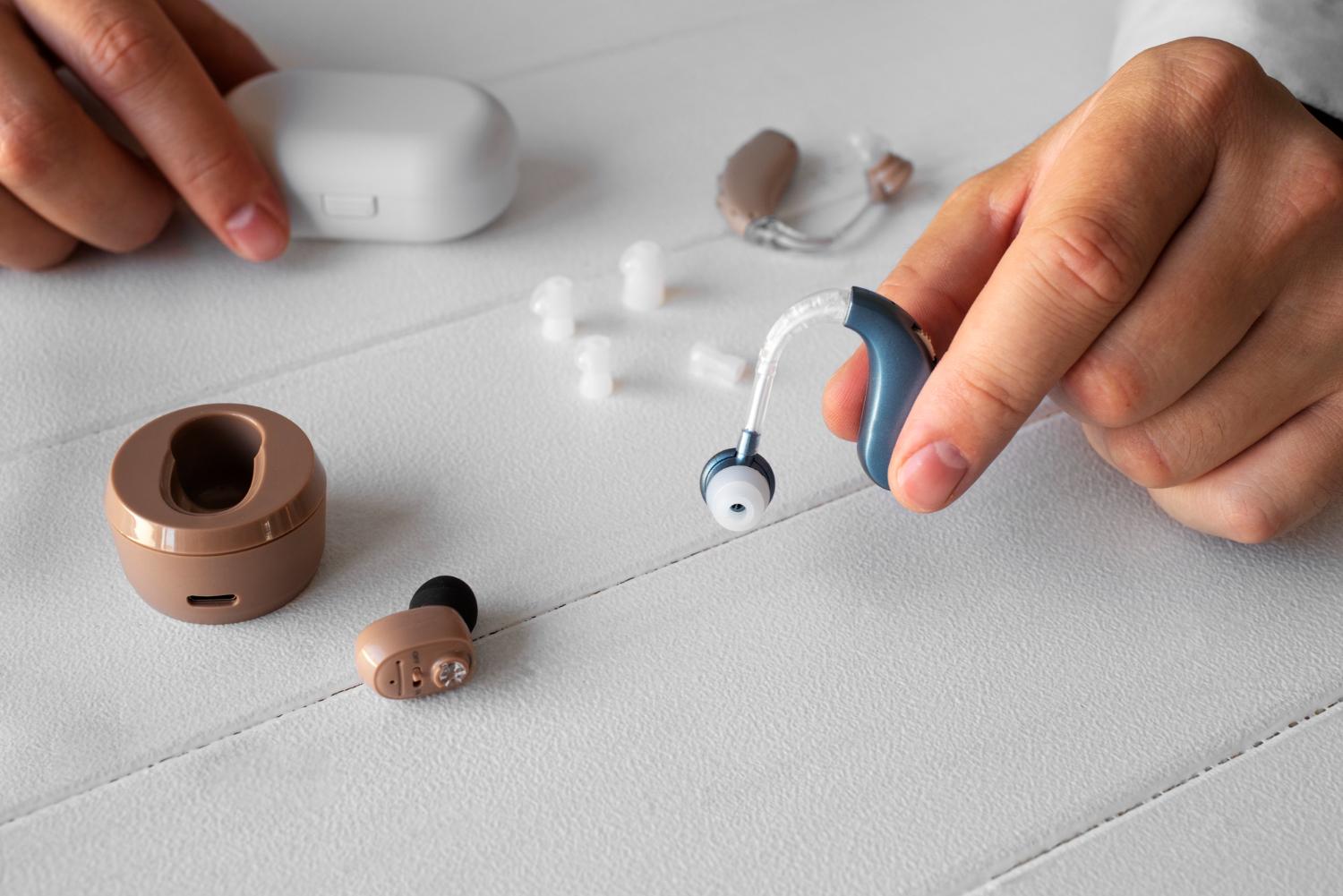In the rapidly evolving world of hearing technology, wireless hearing aids have emerged as a beacon of innovation and convenience, offering a significant upgrade over traditional hearing aid devices. This transformative shift is not just about cutting-edge technology; it’s about enhancing the quality of life for individuals with hearing impairments. This post will be diving into why making the switch to wireless hearing aid device options can be a game-changer, breaking down the advantages of these modern marvels compared to their traditional counterparts.
Advantages of Wireless Hearing Aids
- Seamless Connectivity: One of the standout features of wireless hearing aids is their ability to connect effortlessly with various devices, including smartphones, TVs, and computers. This connectivity provides users with a direct audio stream, improving clarity and eliminating the need for additional devices.
- Enhanced Sound Quality: Wireless models use sophisticated technology that adjusts to the environment, offering superior sound quality. Whether you’re in a bustling cafe or a quiet room, the audio is optimised for the best possible listening experience.
- Invisible and Comfortable Designs: Many wireless options come in sleek, nearly invisible designs that sit comfortably behind or inside the ear. Unlike some traditional models, they are lightweight and discreet, making them more appealing to wear daily.
- Personalised Control: With the integration of smartphone apps, users gain unprecedented control over their hearing experience. Adjusting settings for different environments is now at your fingertips, making it easier than ever to fine-tune your hearing preferences.
- Battery Life and Recharging Options: The latest wireless hearing aid devices are designed with long battery life in mind. Many models feature rechargeable batteries, which not only reduce waste but also eliminate the need to frequently purchase and change batteries.
Traditional Hearing Aid Devices: A Look Back
- Limited Connectivity: Traditional models lack direct connectivity to external devices, often requiring intermediate streaming devices for listening to TV or music, which can be cumbersome and less user-friendly.
- Basic Sound Amplification: While effective in their primary function, traditional hearing aids mainly amplify sounds without sophisticated adaptation to different listening environments.
- Visibility and Comfort Issues: Some users find older models to be more visible and less comfortable, which can discourage daily use and lead to social stigma.
- Manual Adjustments: Adjusting settings on traditional devices can be tricky, often requiring fiddling with small buttons on the hearing aid itself.
- Disposable Batteries: The reliance on disposable batteries not only increases ongoing costs but also adds to environmental waste.
Conclusion
The transition to wireless hearing aids is more than an upgrade; it’s a transformative experience for those with hearing impairments. Offering seamless connectivity, superior sound quality, discreet comfort, personalised control, and eco-friendly recharging options, wireless hearing aids devices significantly enhance daily life. The limitations of traditional hearing aid devices—with their cumbersome controls, limited connectivity, and frequent battery changes—pale in comparison. For anyone considering a hearing aid, the choice is clear: these hearing aids not only meet the demands of modern life but actively improve interaction and connection with the world in profoundly impactful ways.

